Back to Diagramming & mapping
Decision tree templates
Miro's decision tree templates help you visualize choices and outcomes effortlessly. Whether you're planning, problem-solving, or strategizing, these templates provide a clear structure to make informed decisions.
33 templates
Decision Tree Template
3 likes573 uses
Decision Matrix Template
0 likes63 uses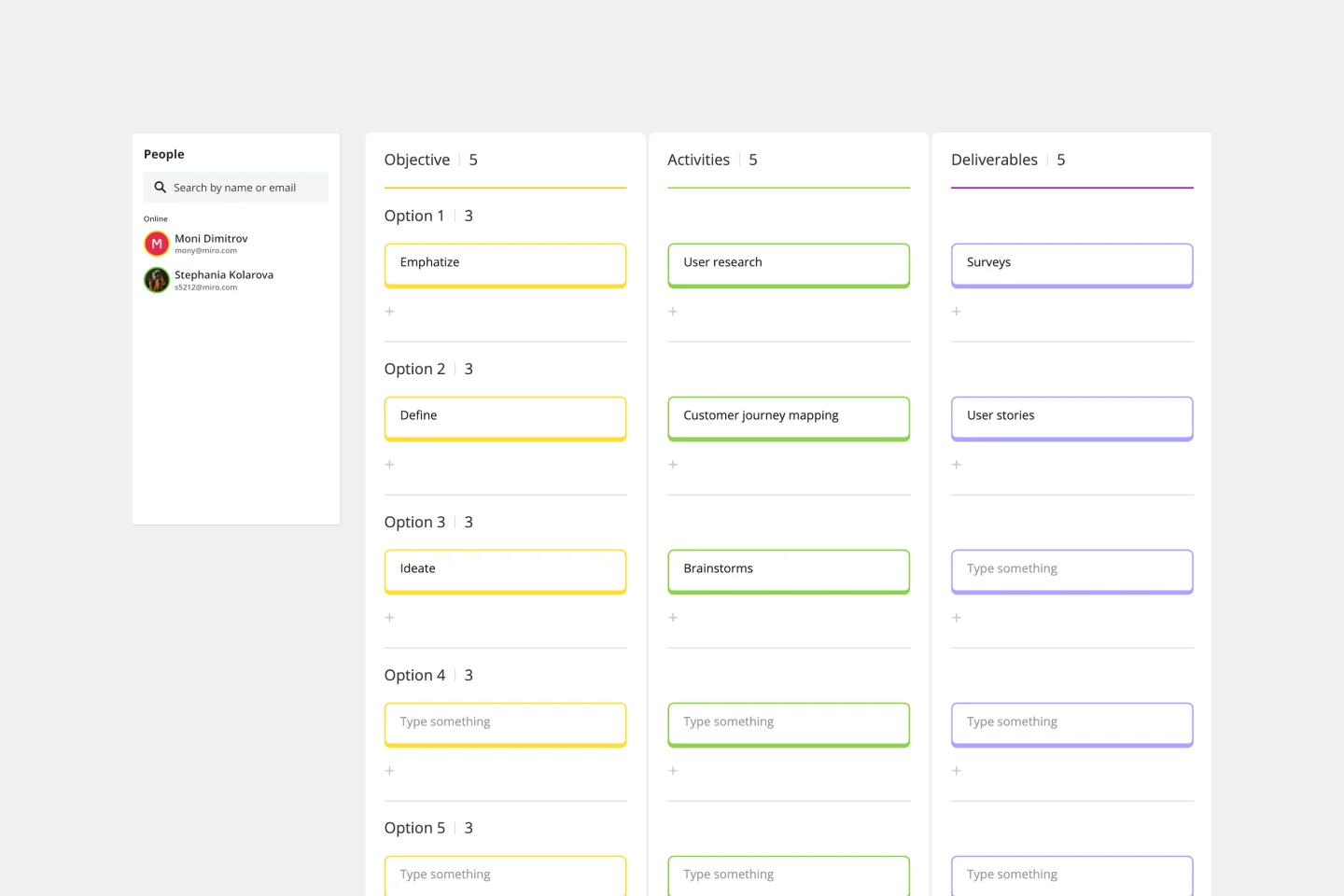
Problem Tree Template
9 likes2.5K uses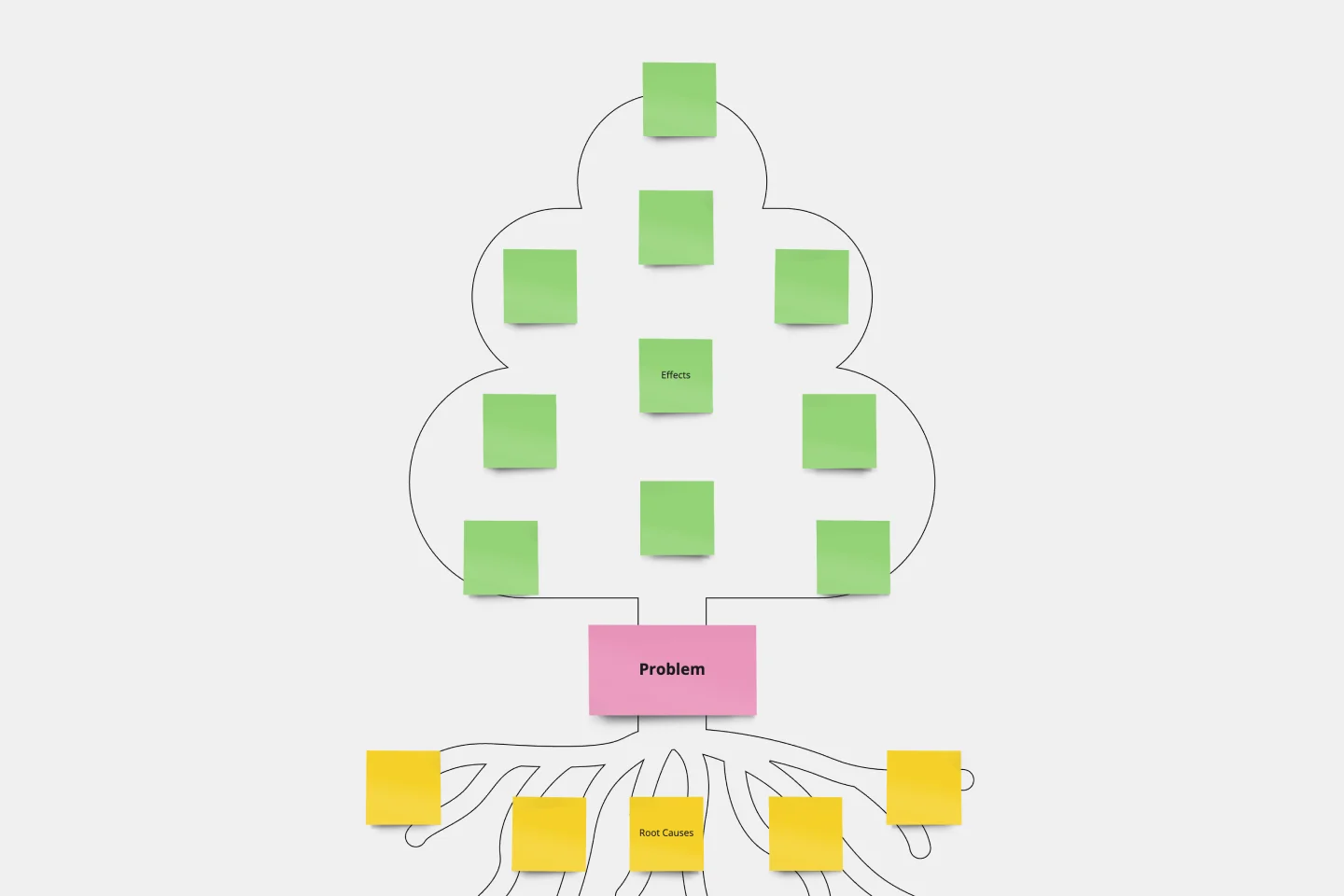
Problem Tree Template
9 likes2.5K uses
Building a Driver Tree
150 likes1.8K uses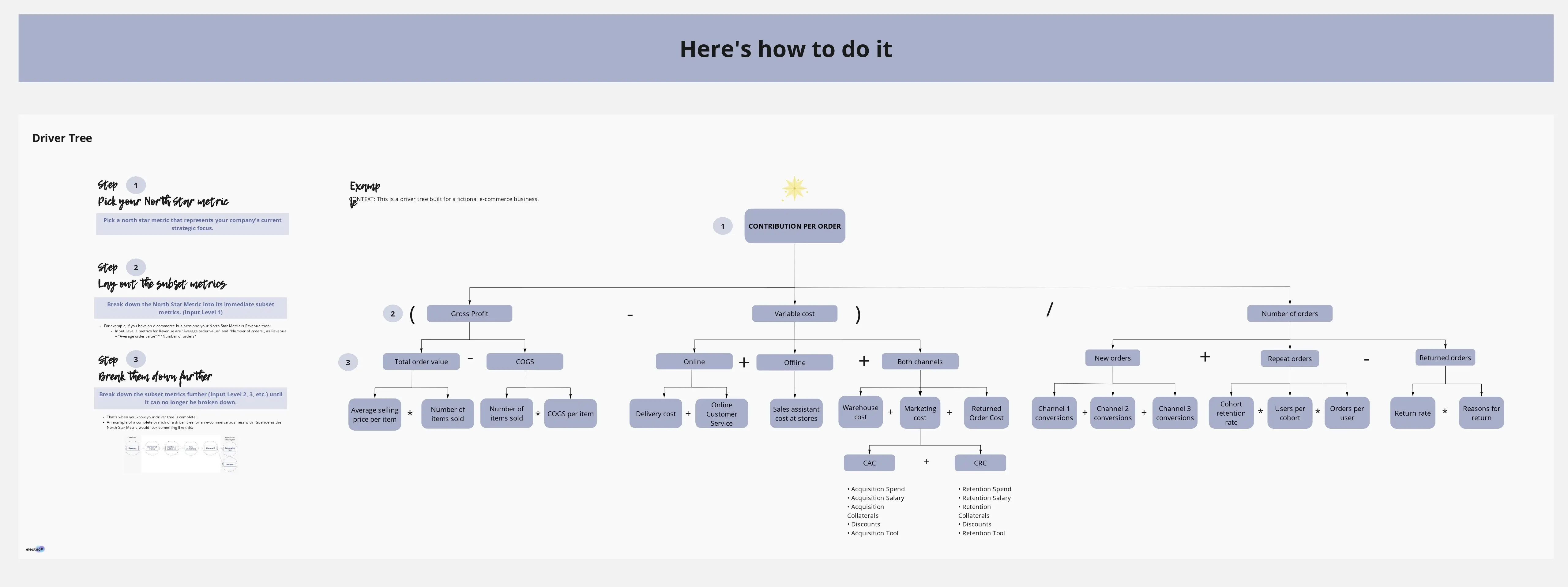
New Year Tree Decoration
168 likes1.8K uses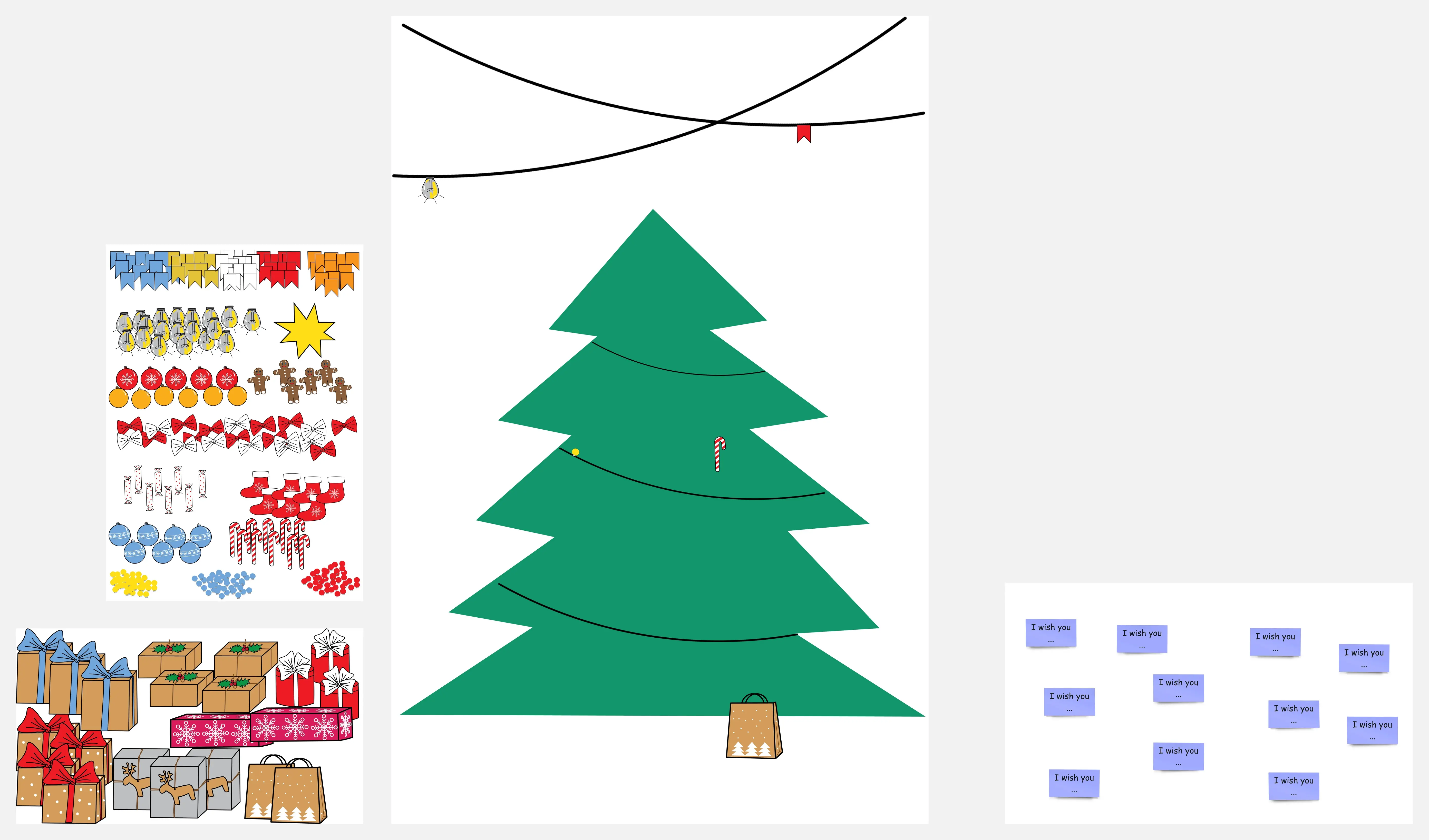
Family Tree Template
5 likes1.6K uses
Team´s High Performance Tree
210 likes1.3K uses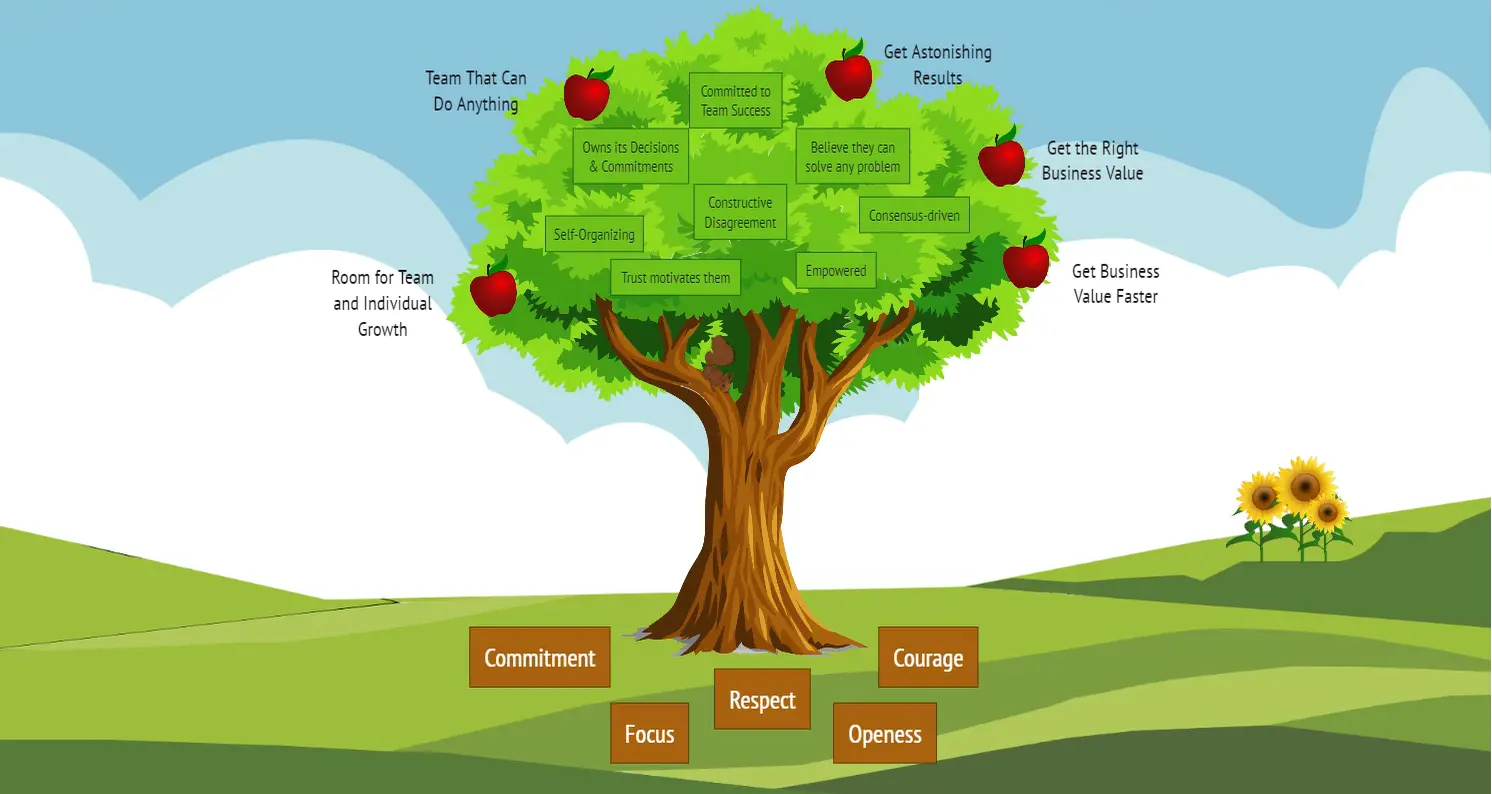
O Christmas Tree Retro 🌲
82 likes1.3K uses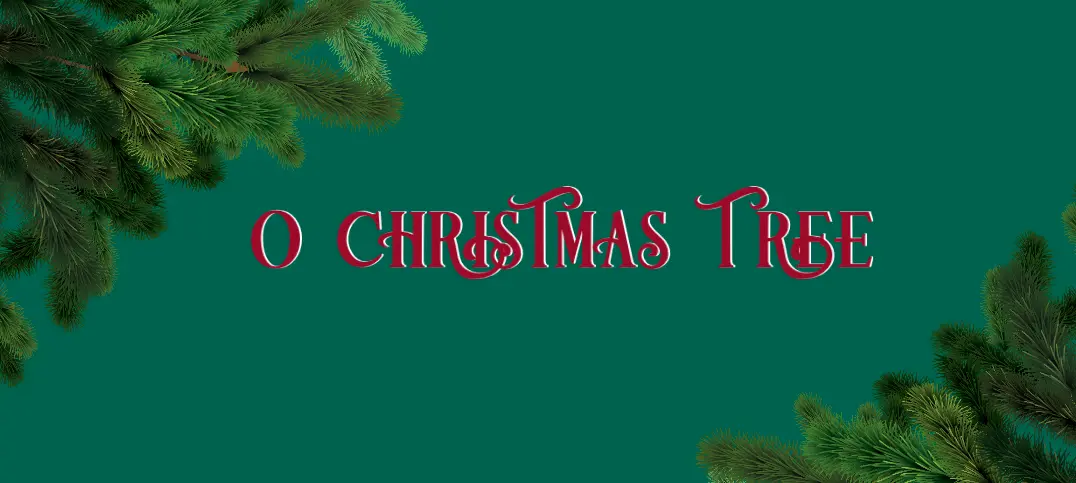
Apple Retrotree
67 likes1K uses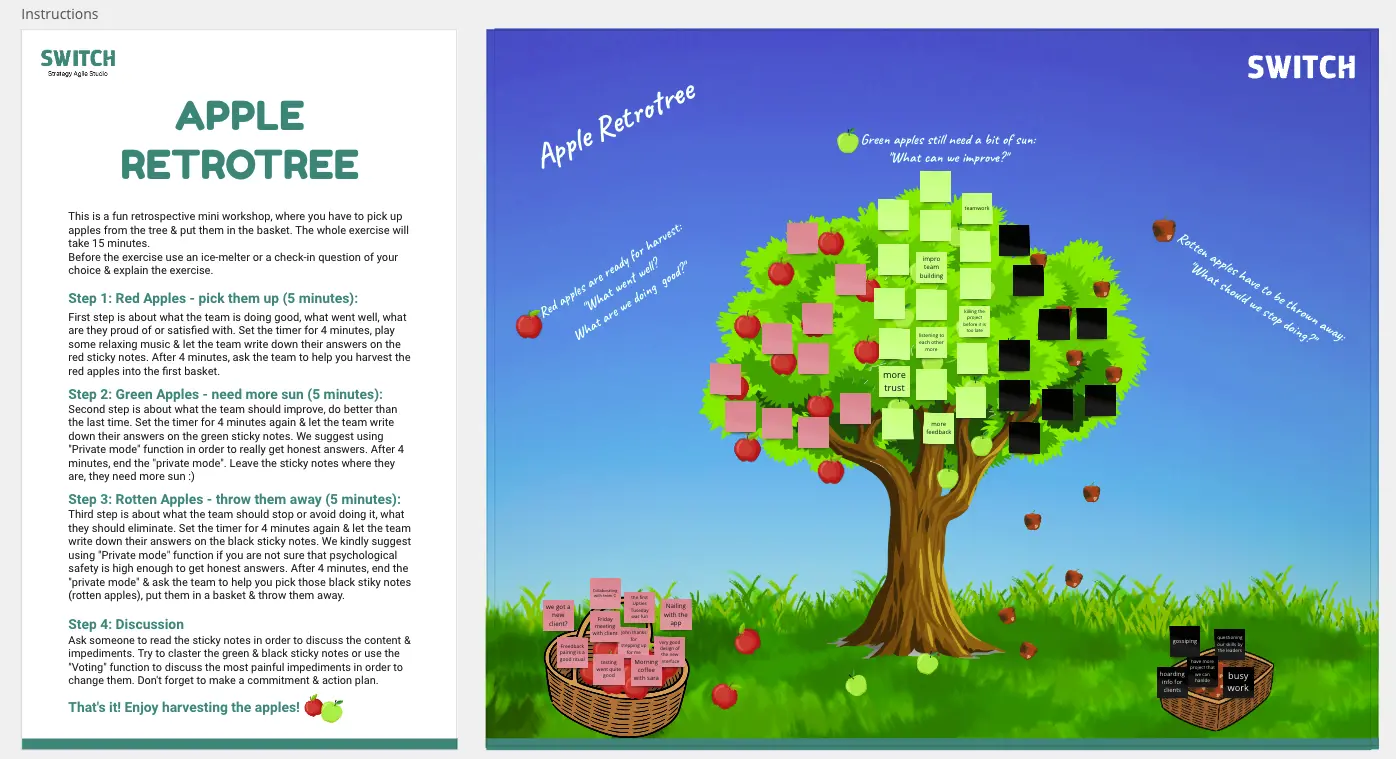
Opportunity Solution Tree
98 likes952 uses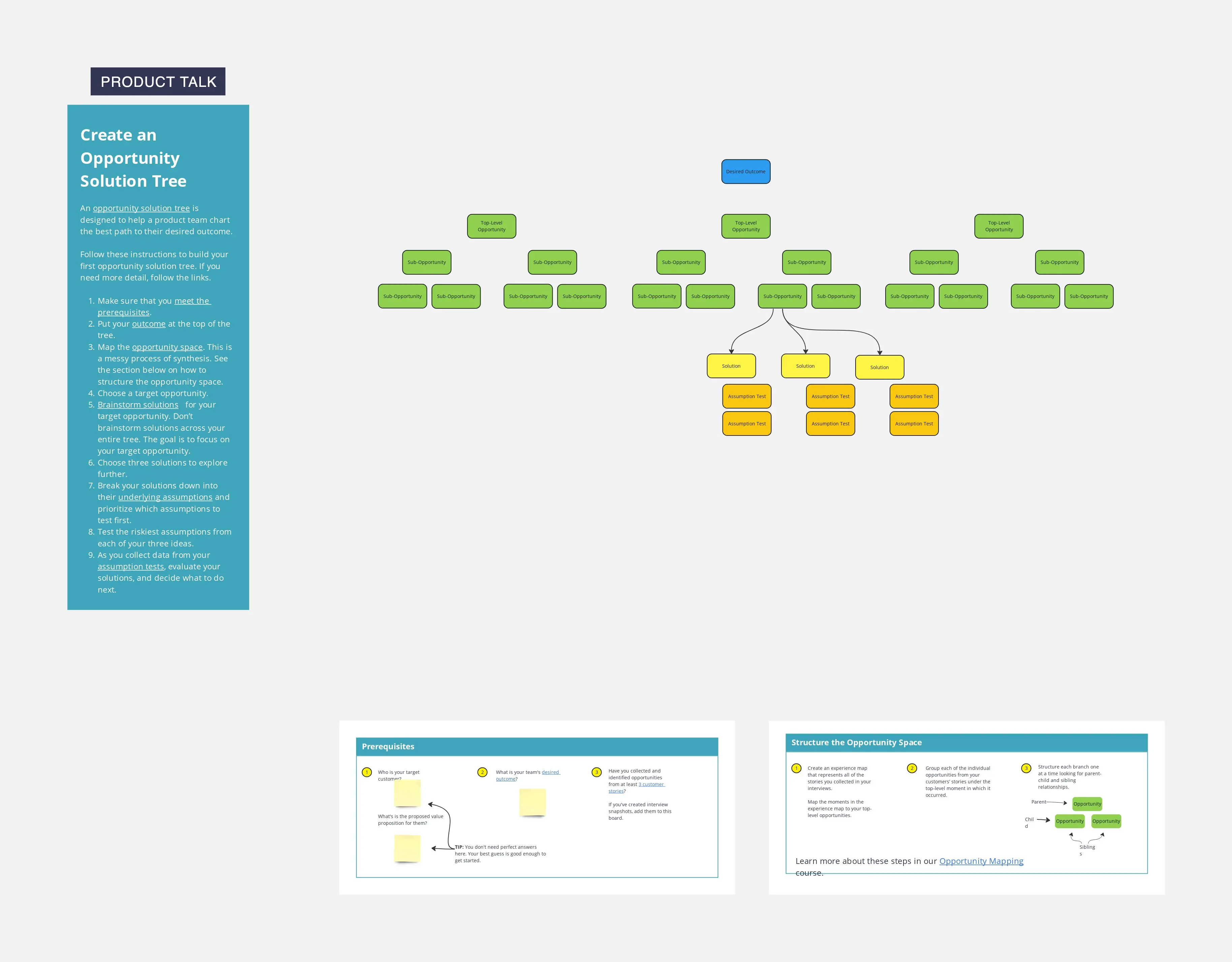
Agile Coach Impact Tree
137 likes696 uses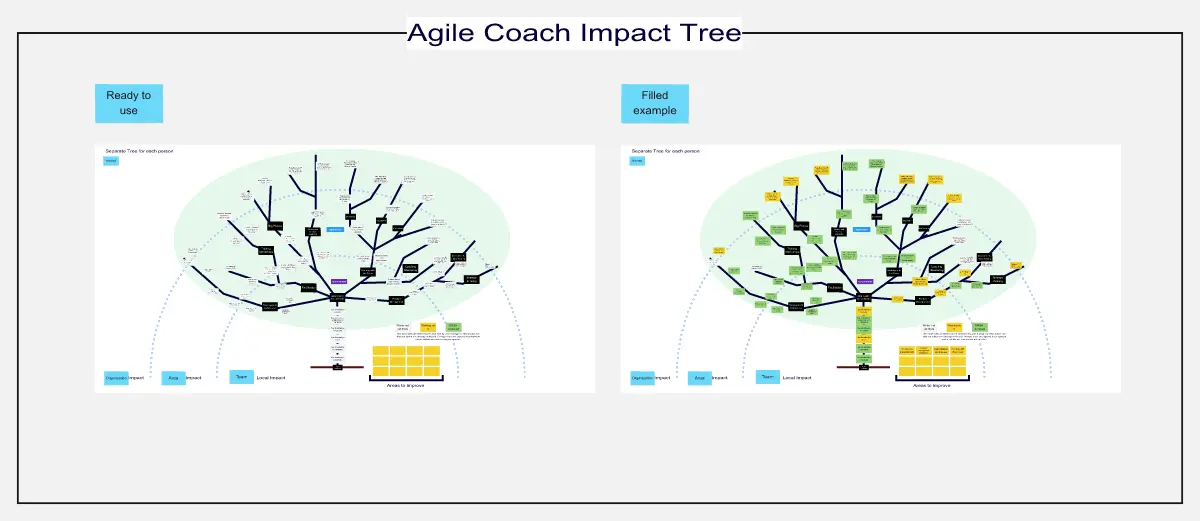
ChatGPT Product Decision Trees
115 likes610 uses
Decision Tree Template
3 likes573 uses
The Treehouse of Horror Retrospective
91 likes554 uses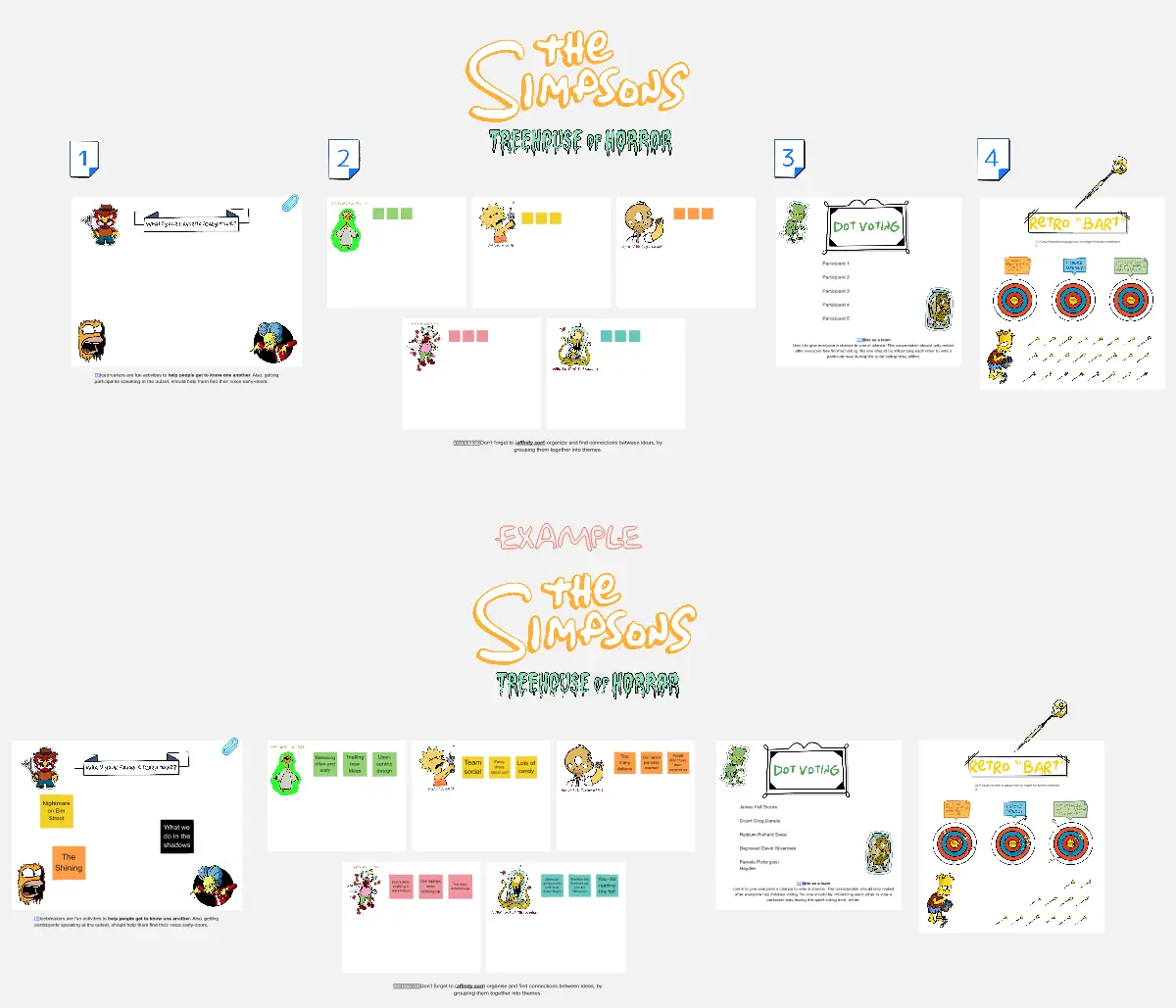
Xmas Tree Retrospective
17 likes454 uses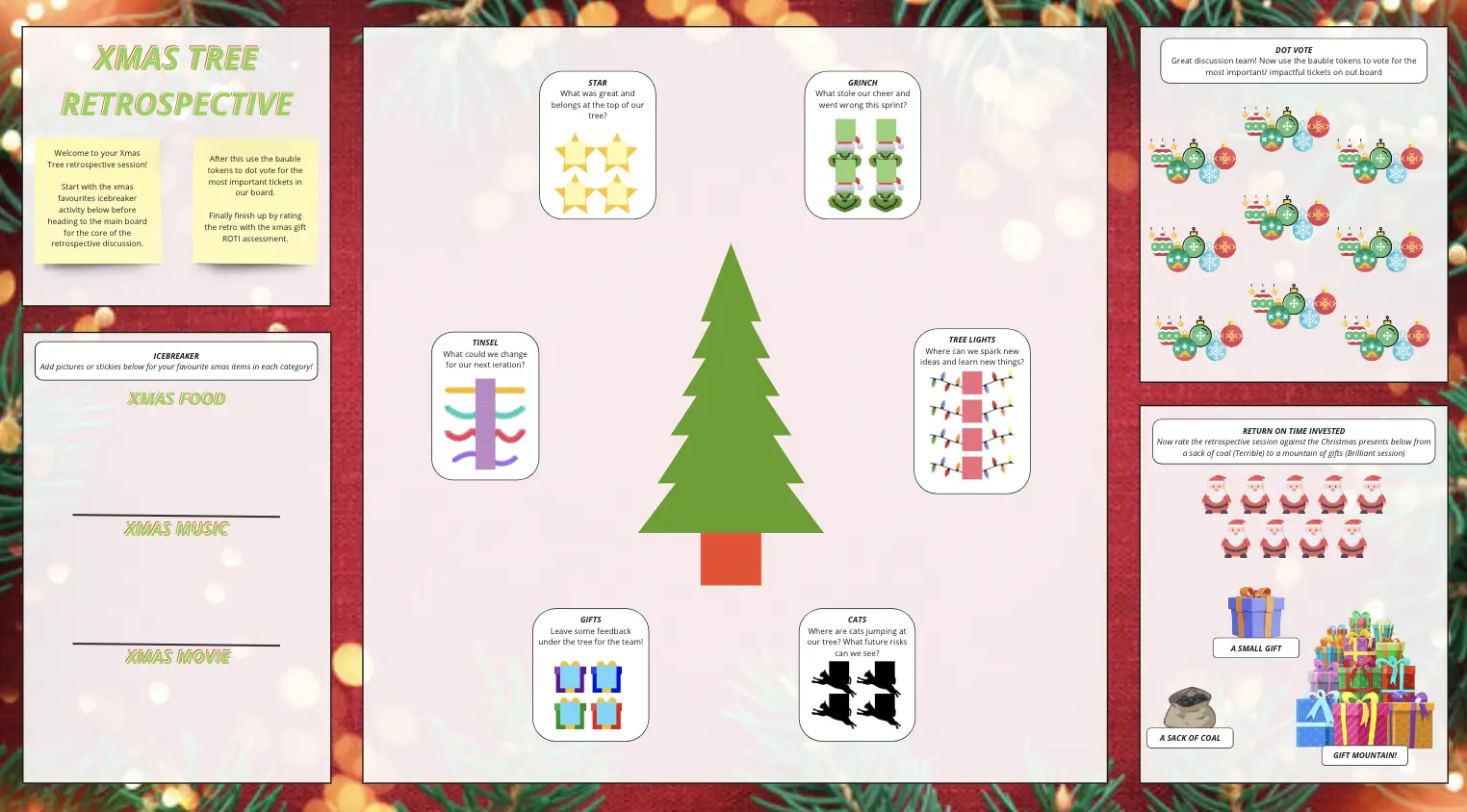
Opportunity Solution Tree
26 likes445 uses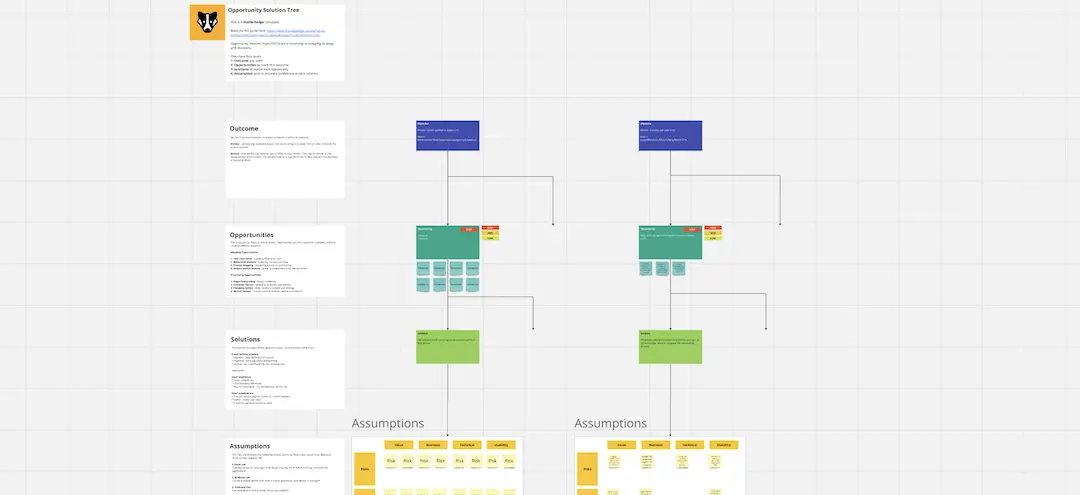
Strategy Tree
80 likes411 uses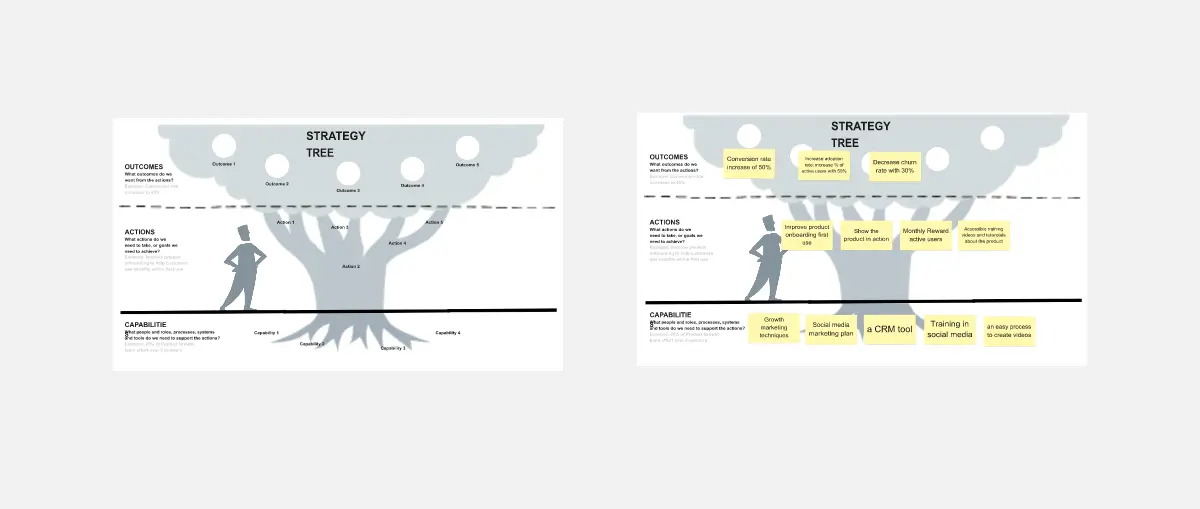
Tree Diagram Template
4 likes381 uses
Opportunity Solution Tree Template
12 likes366 uses
KPI Tree Template
3 likes349 uses
☘️ Kudos Tree
25 likes344 uses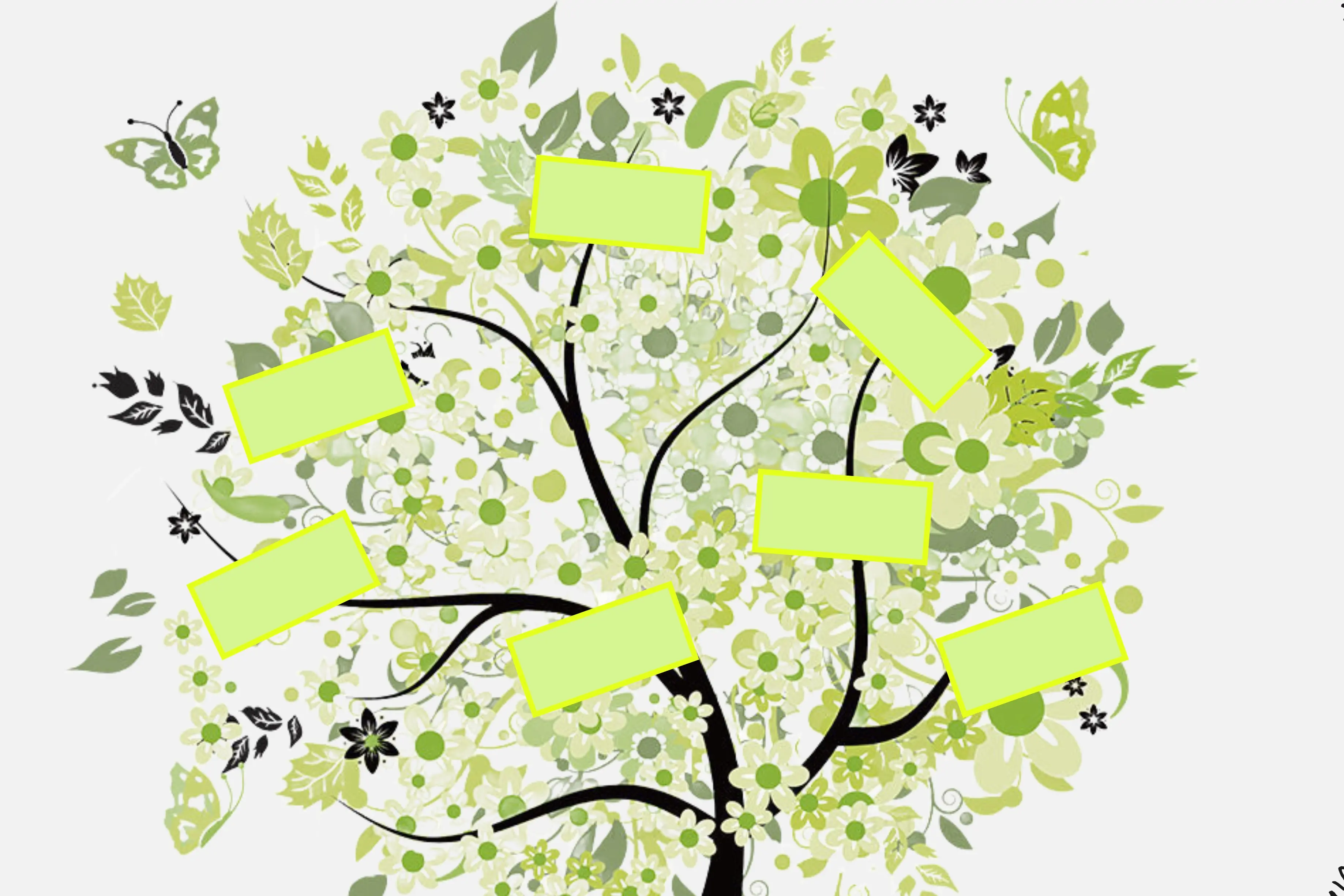
Holiday Tree & Ornament Decoration + Shoutouts
41 likes326 uses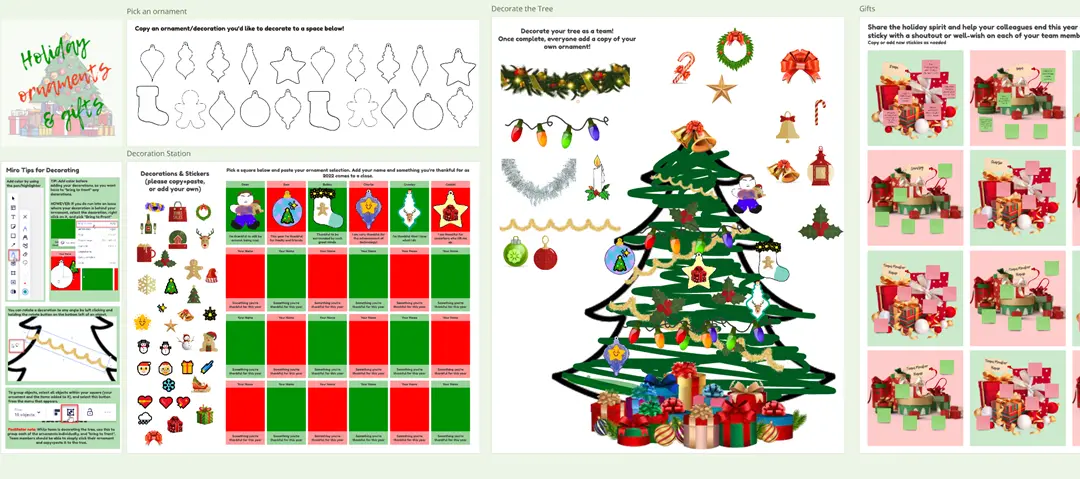
Discovery Trees for FaST Agile
54 likes305 uses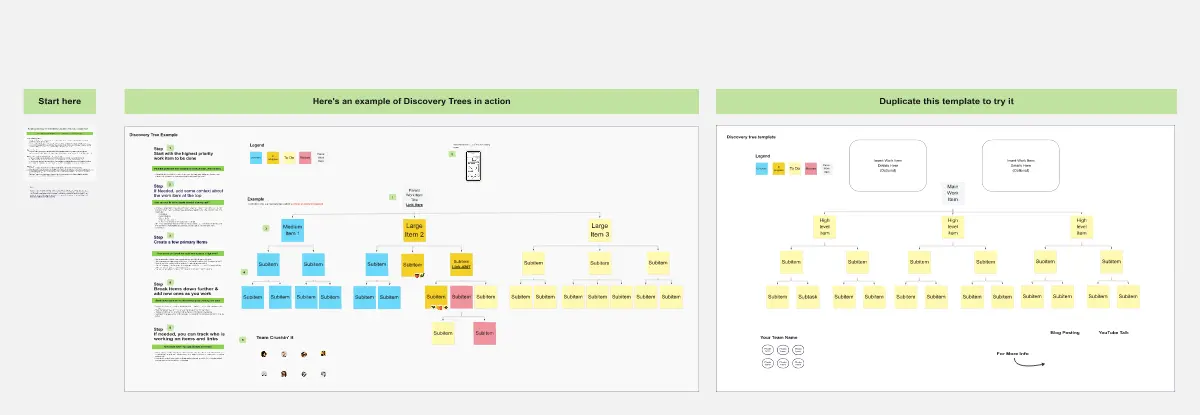
Fault Tree Analysis Template
3 likes292 uses
Feedback Tree Tool
40 likes230 uses
Tree of Hope 🌳 🇧🇷
57 likes169 uses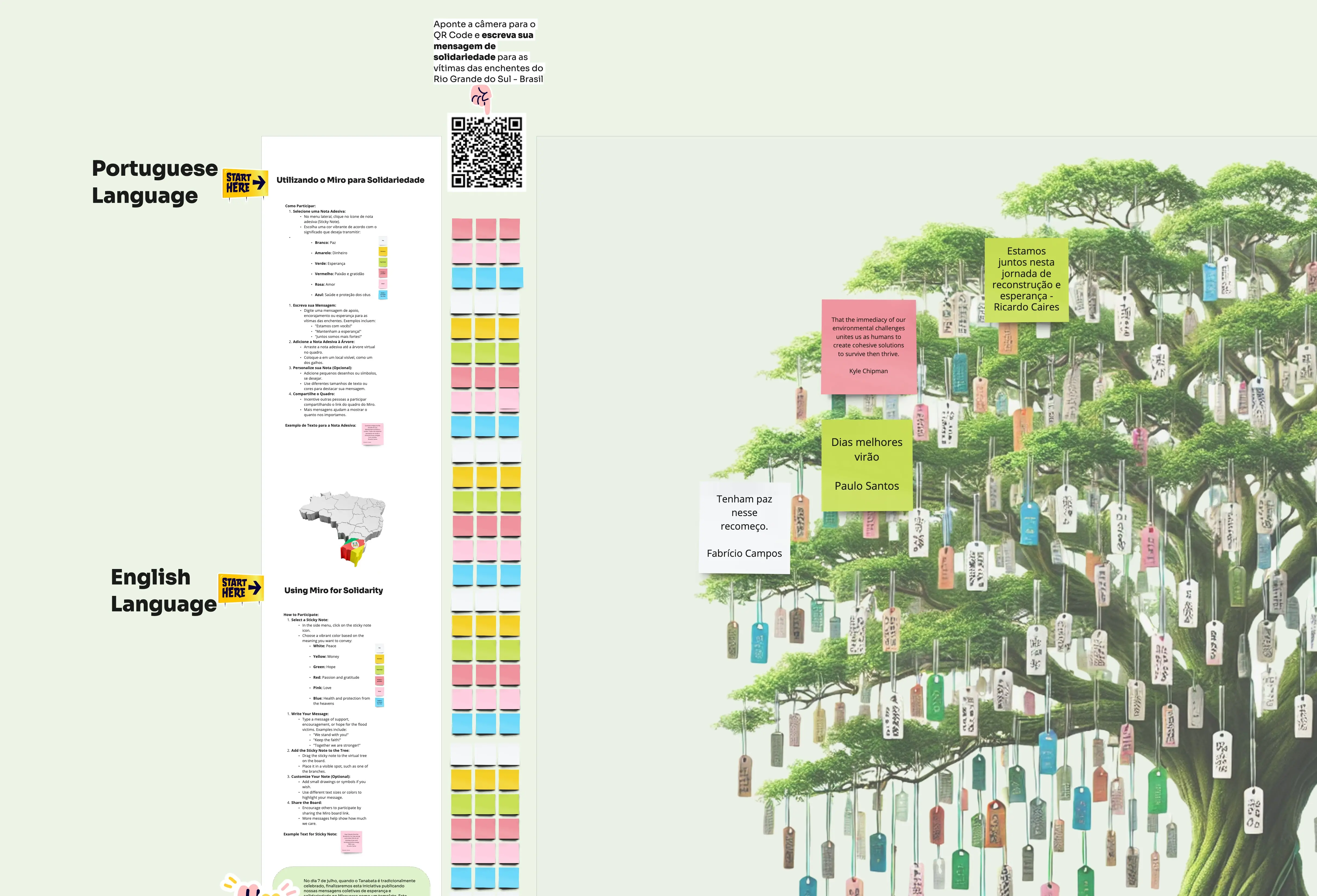
Christmas Retro: Hang those actions on the tree
16 likes133 uses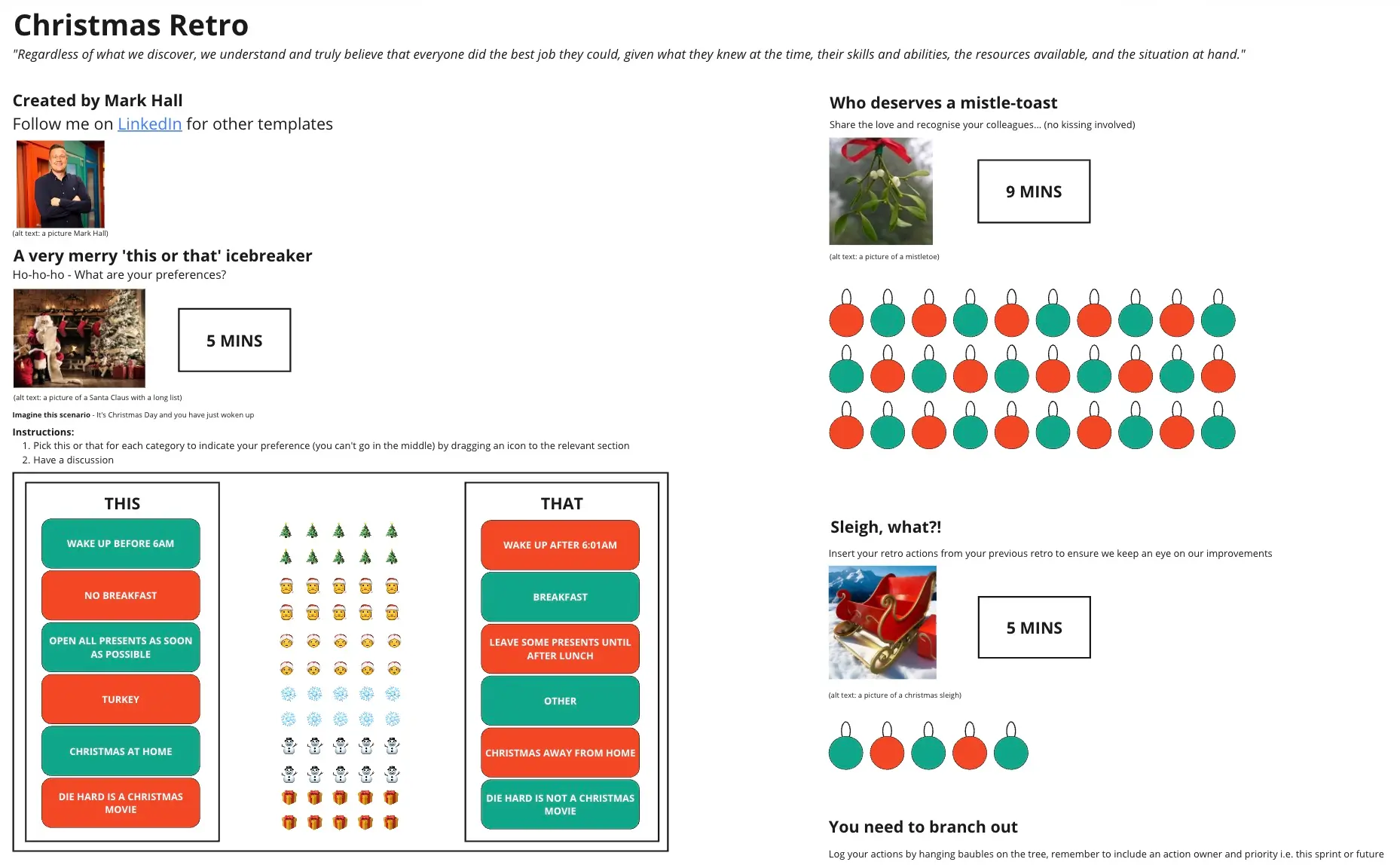
Tree of Collaboration
10 likes98 uses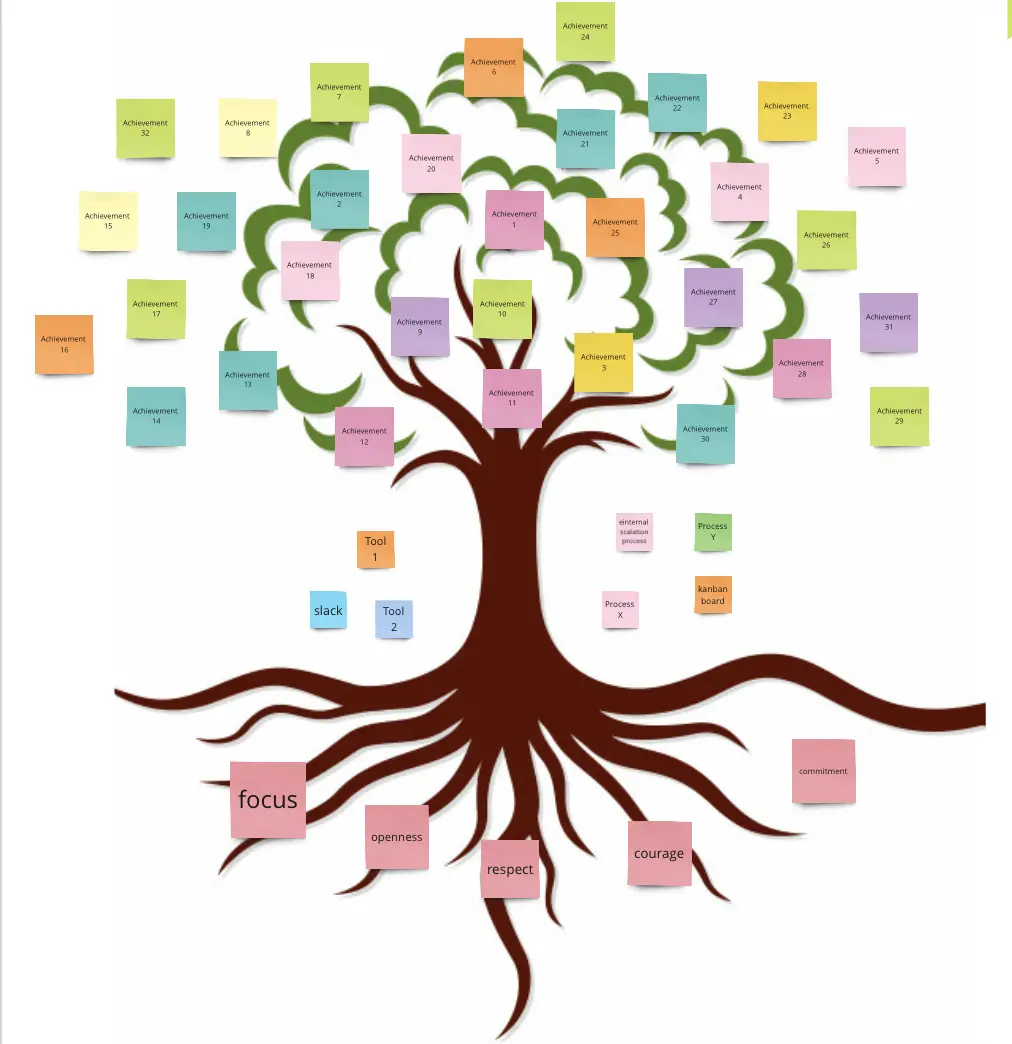
Opportunity Solution Tree (OST)
6 likes93 uses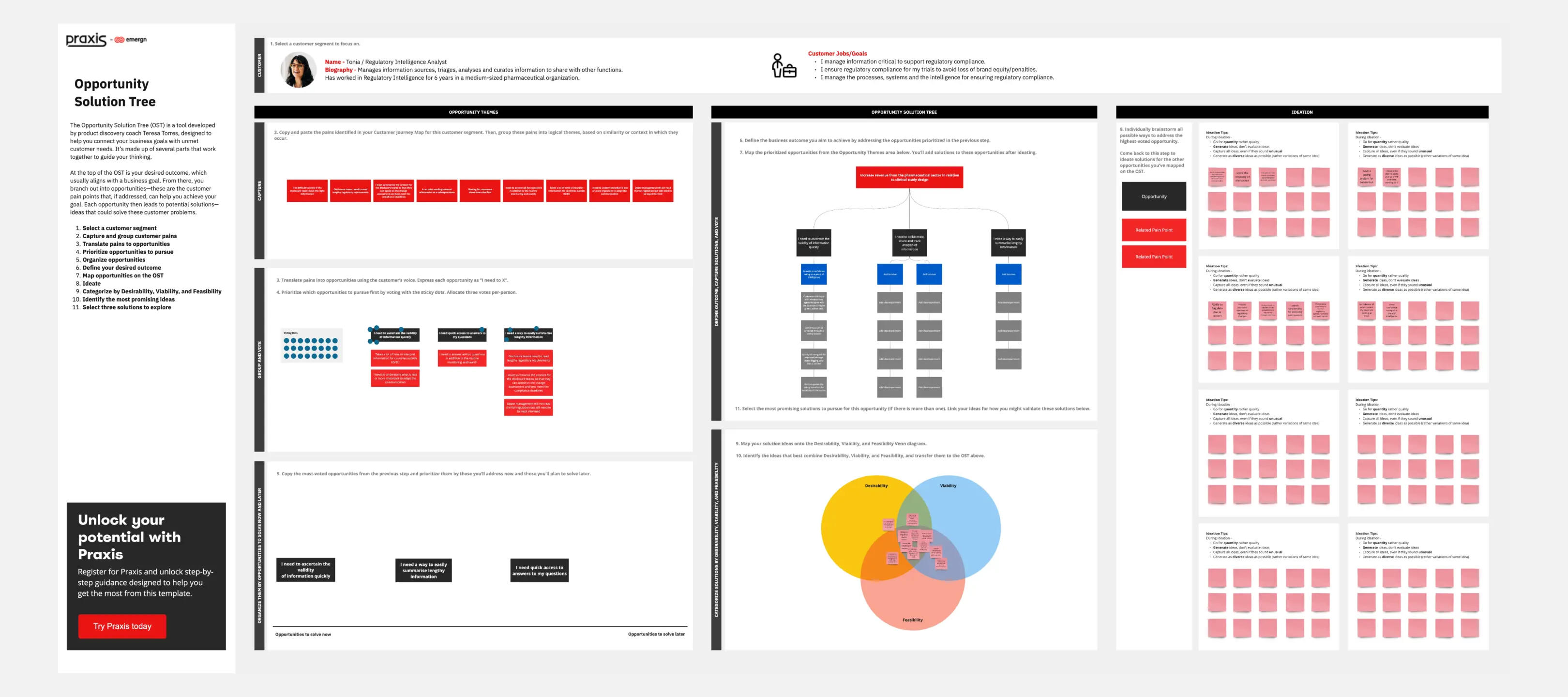
Tree of Agility
10 likes55 uses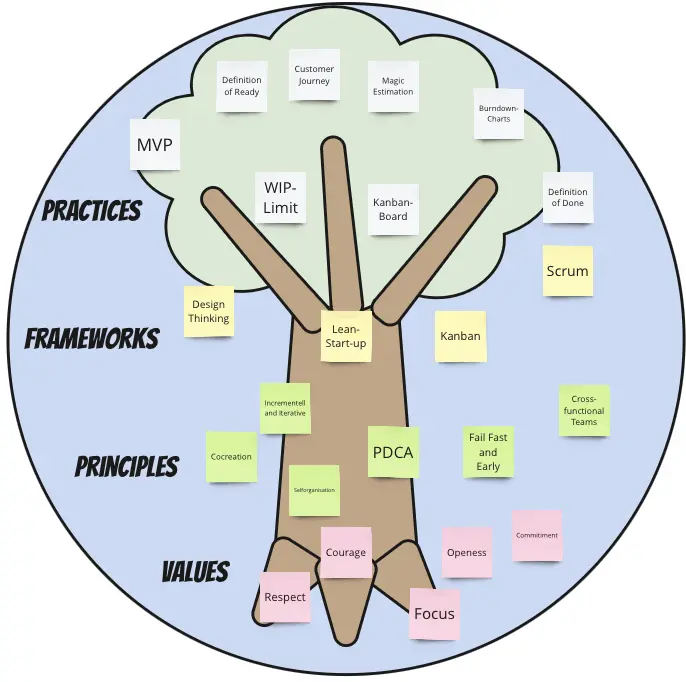
Prune the Product Tree Template
0 likes54 uses
Seeing the Forest for the Trees
40 likes54 uses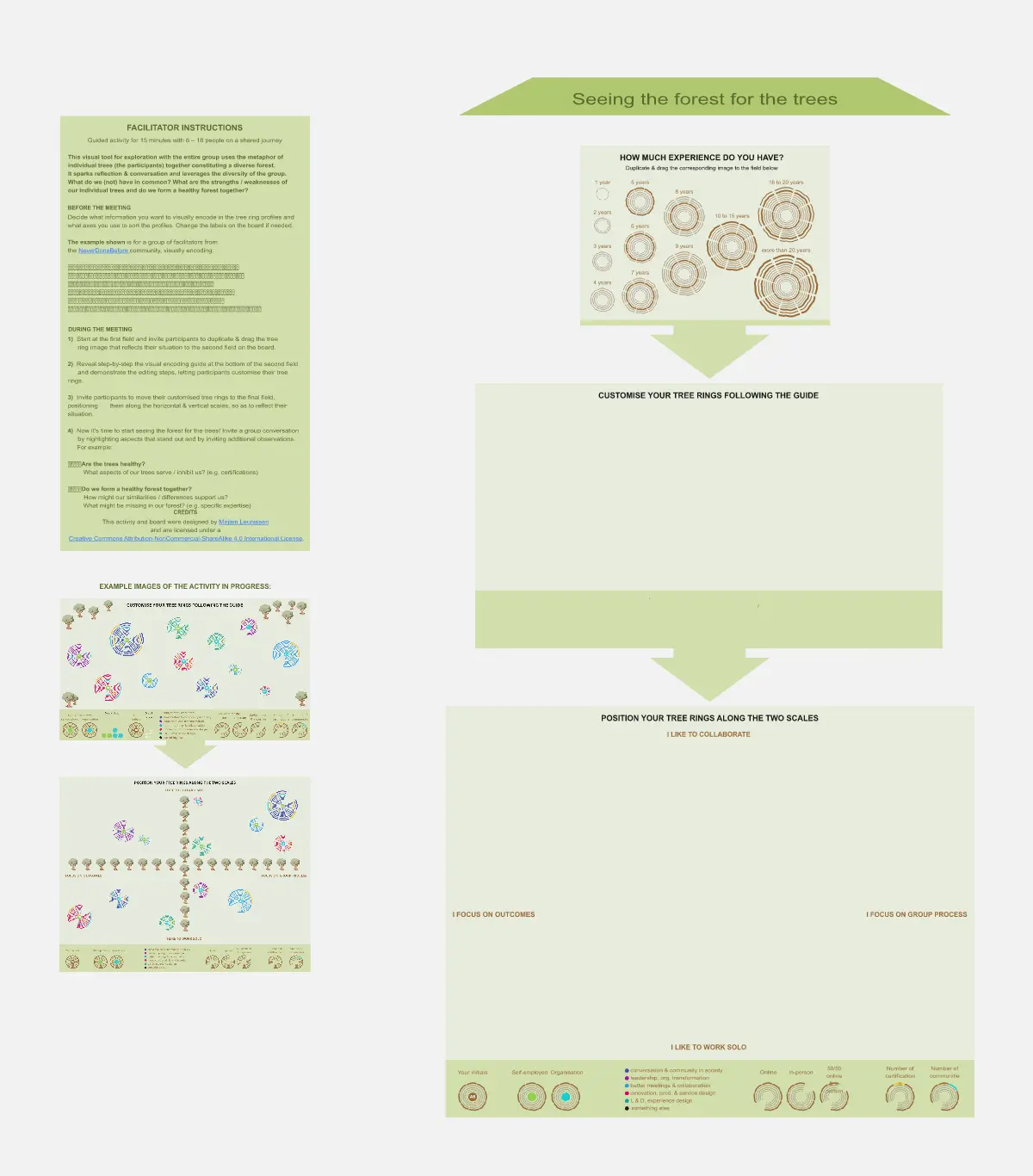
Street Fighter Retrospective
7 likes38 uses
Phylogenetic Tree Template
0 likes34 uses
Know Your Trees
3 likes20 uses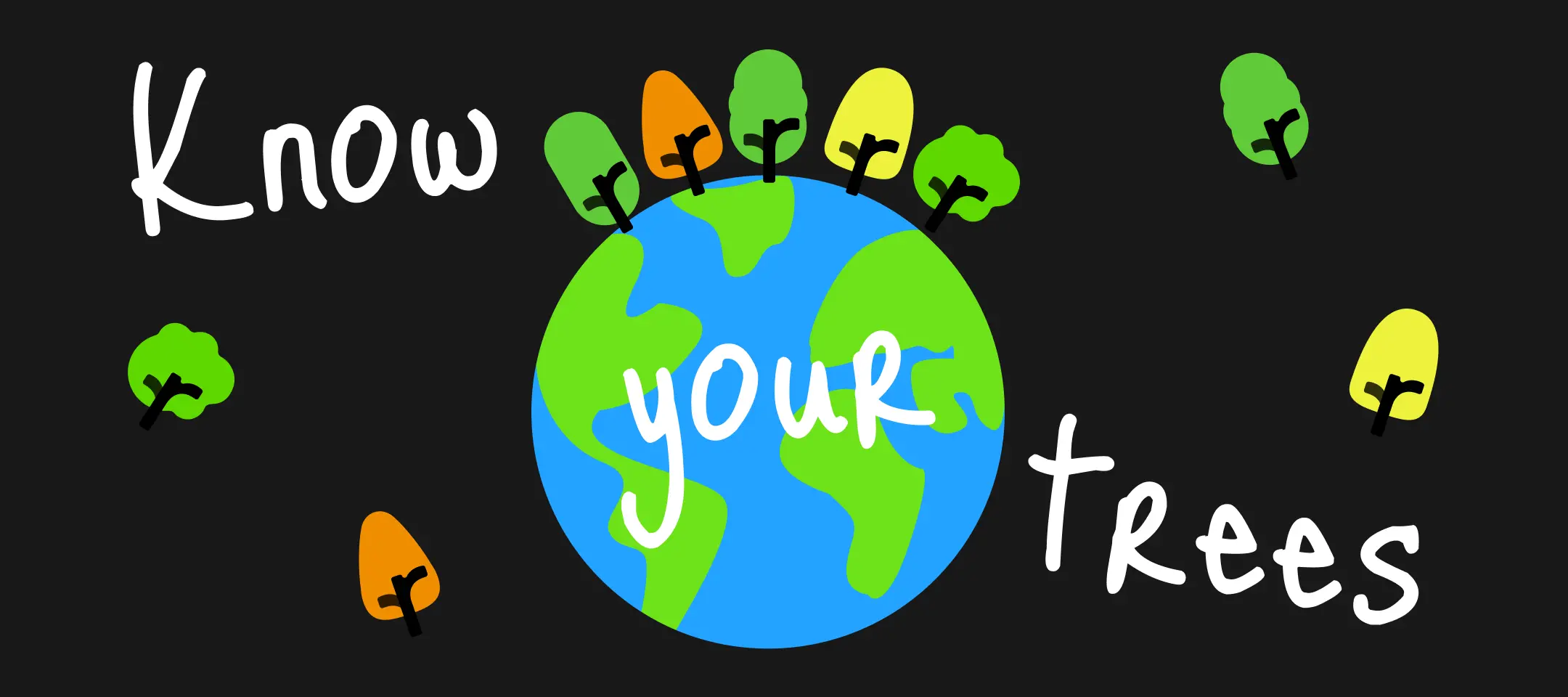
Explore more
Architecture Diagram TemplatesAWS DiagramBPMNBusiness Technology Architect TemplatesChain of Command TemplatesChain of Command TemplatesCloud Architecture DiagramsConcept MapData MappingFishbone DiagramsFlowchartGantt ChartLogic ModelDiagramming & mappingMind MapsNetwork DiagramsOrganizational ChartProcess & WorkflowProcess MapT-ChartTechnical DiagramsUML DiagramsUse Case Diagram templatesValue Stream Mapping templatesVenn DiagramWork Breakdown StructureCustomer Journey Map
